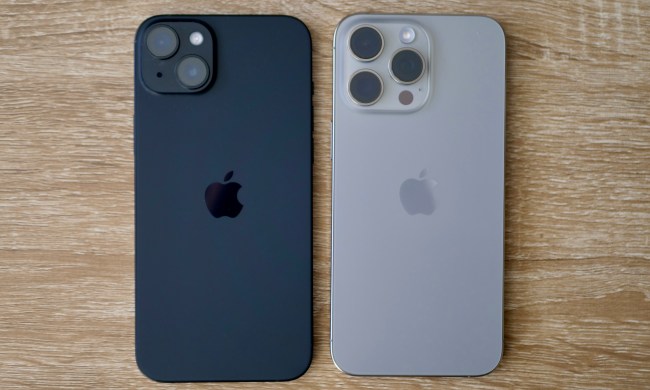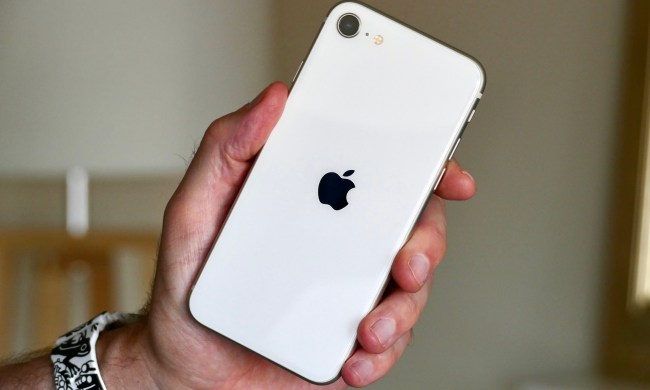
Unless you like wires dangling from the now-antiquated cassette deck in your car or an expensive hard-wired solution, FM radio transmitters have become the preferred way to connect iPods to car stereos. In principle they’re easy to use: set the transmitter to broadcast on an unused station, tune your car stereo to the same station, and enjoy. But in practice, finding unused airwaves and keeping them to yourself over a long commute can be quite trying, especially in urban areas where many stations competing for space.
Kensington claims they have the solution to the FM station shuffle with their new QuickSeek FM transmitter for iPods, announced Tuesday. The QuickSeek is supposed to take the guesswork out of finding a clear station by automatically scanning stations and selecting the best frequency at the touch of a button. Of course, users will still have to do a little work by manually setting their car stereos to the corresponding station, but that’s the easy part.
The transmitter will also have three presets for the most commonly used frequencies. A car charger is included to keep iPods juiced up on long trips, and it can also recharge any device capable of being recharged through a USB jack, such as smartphones and PDAs.
The QuickSeek FM transmitter is available immediately through Kensington’s Web site and the Apple Store for $89.99, about $10 more than Kensington’s previous-generation transmitter.



